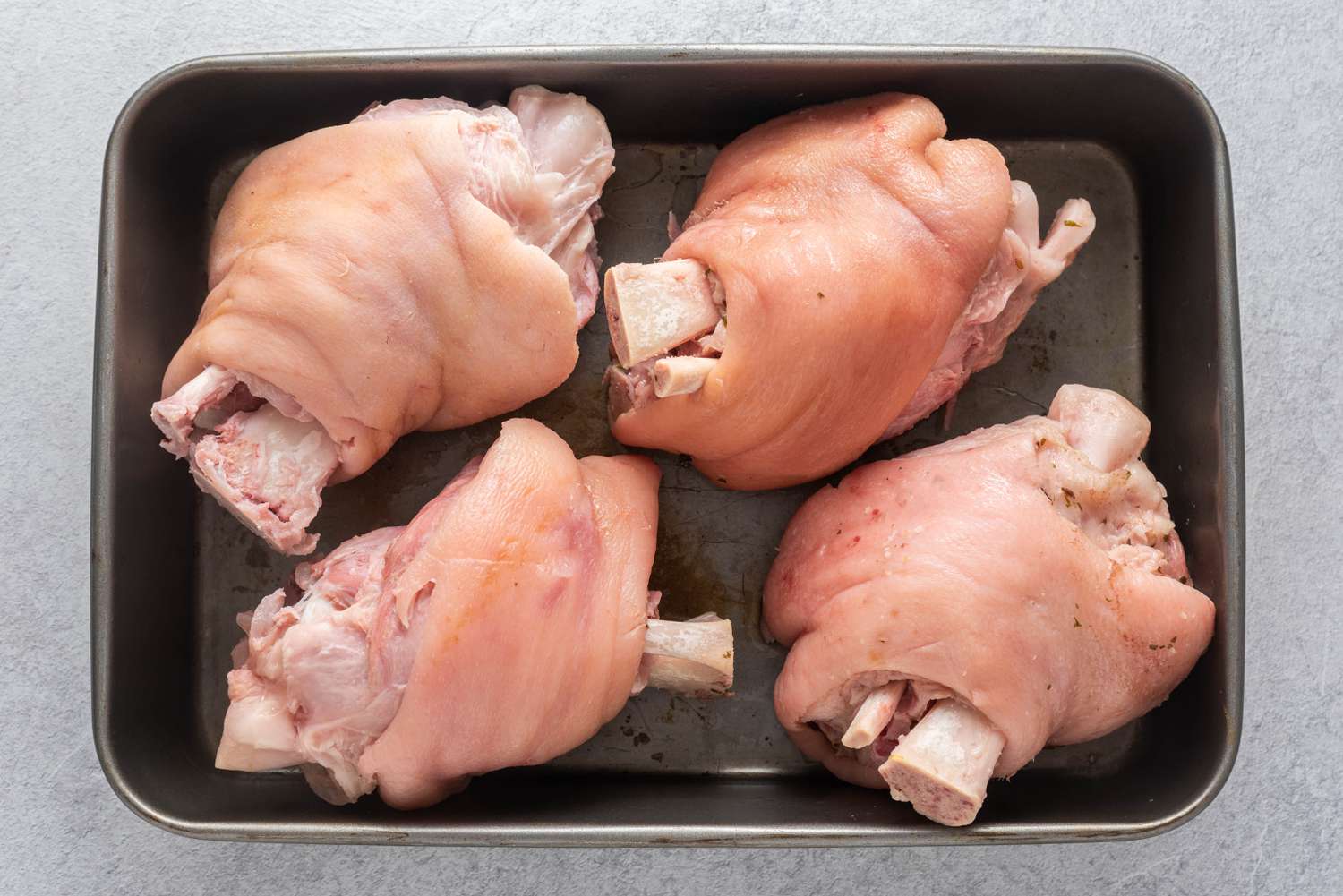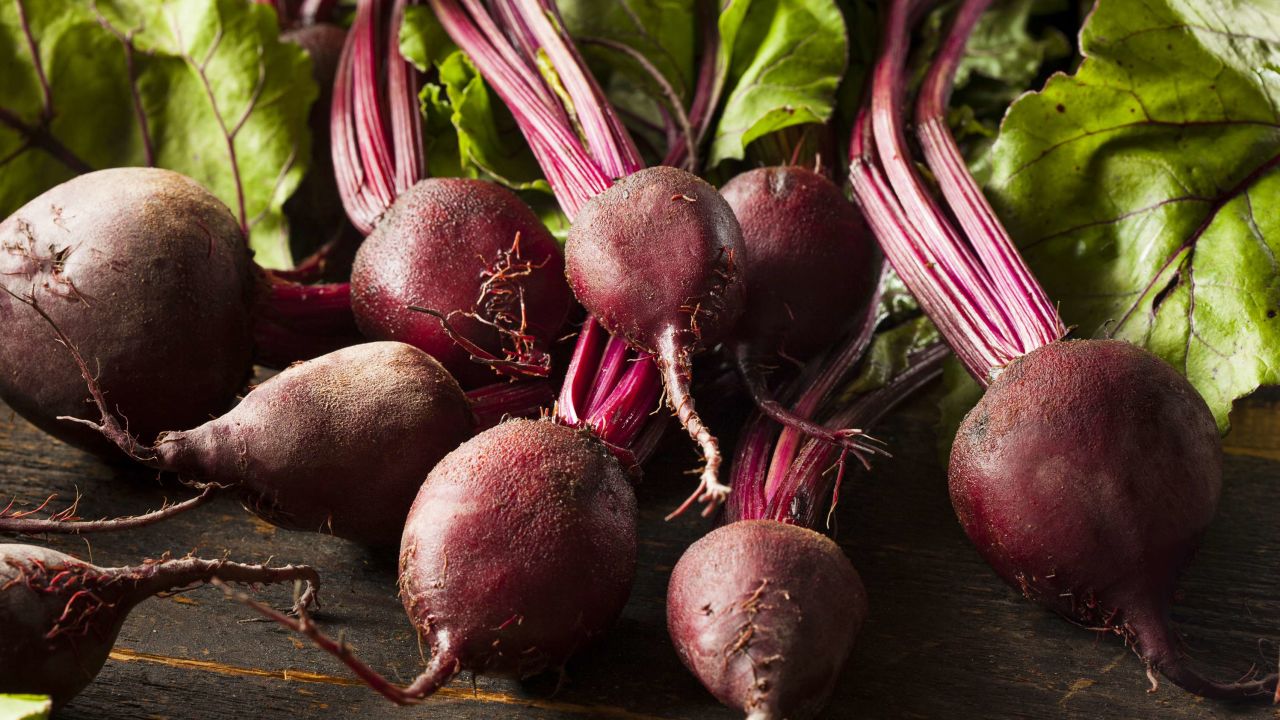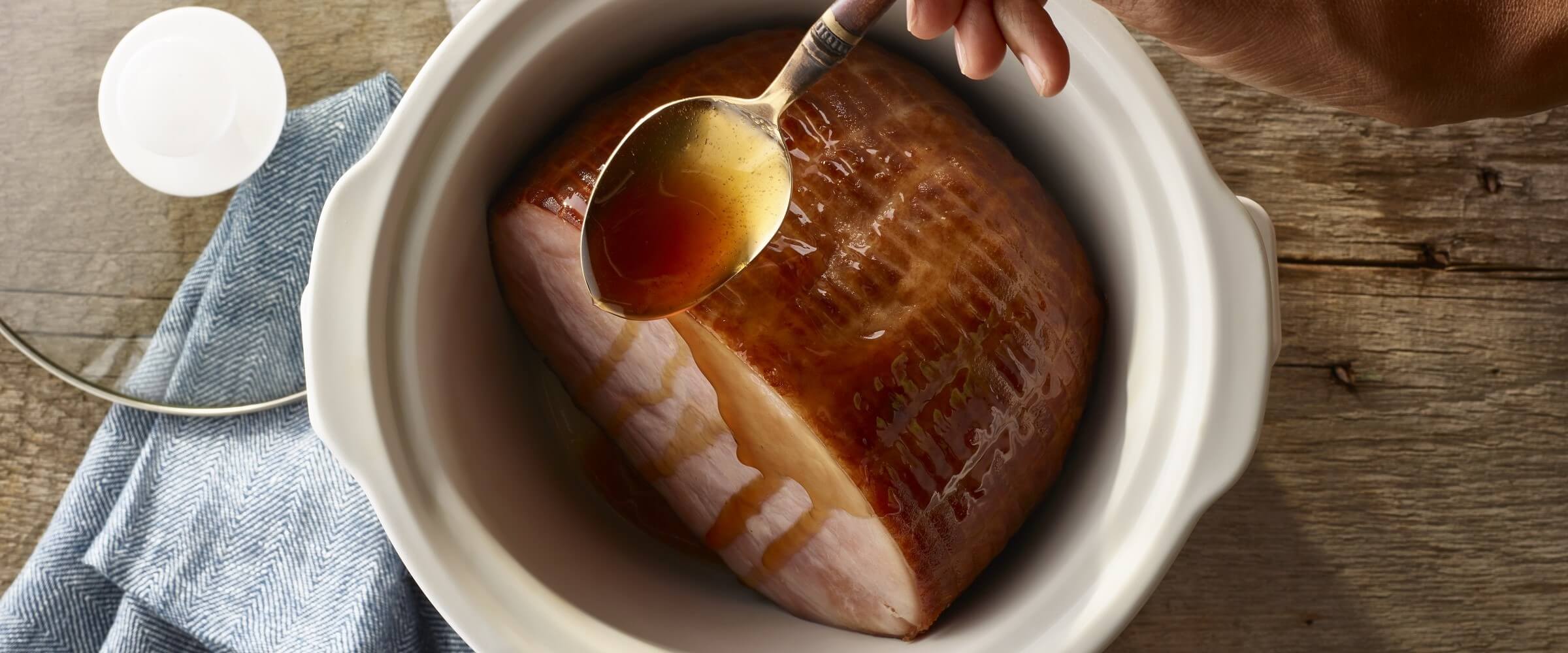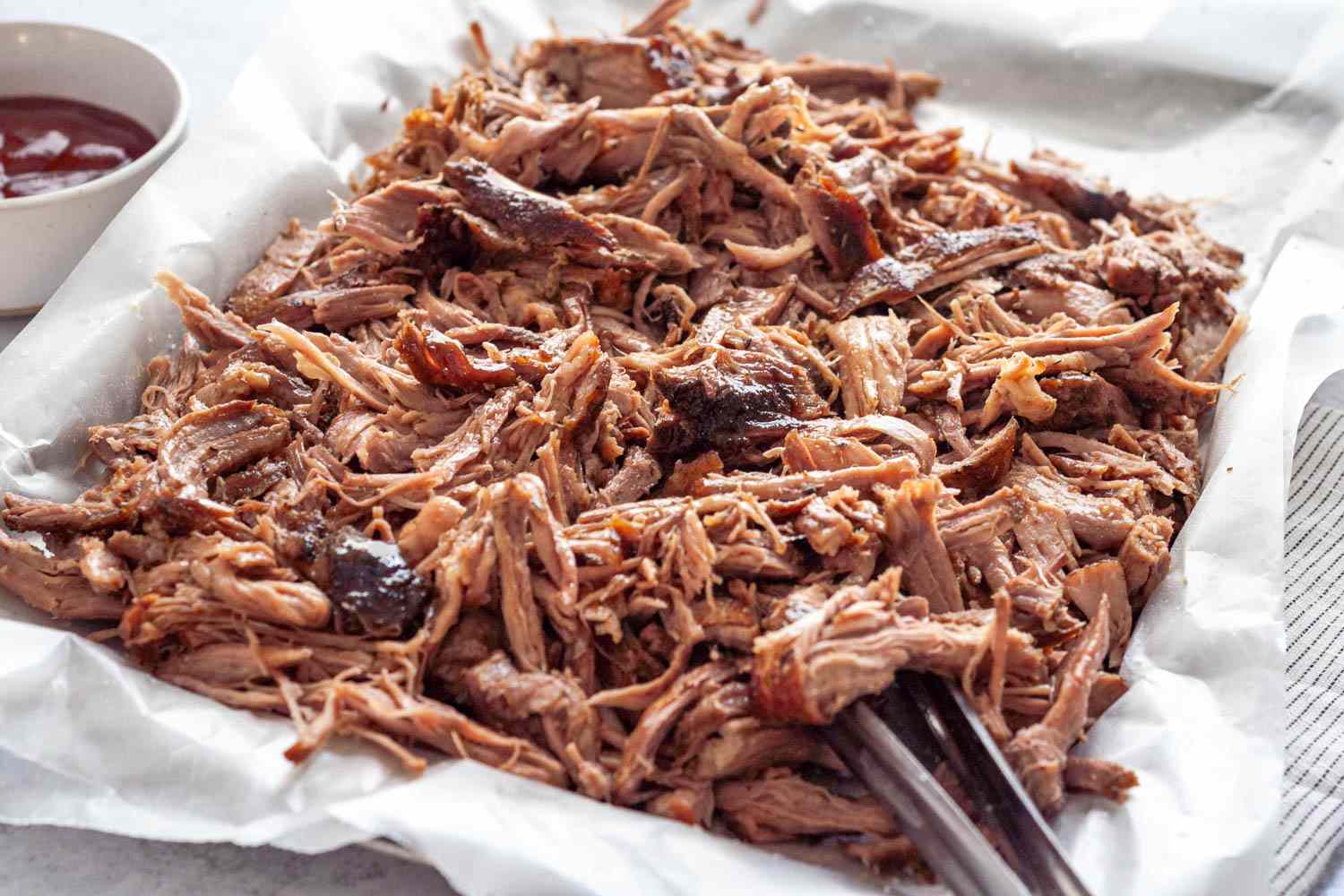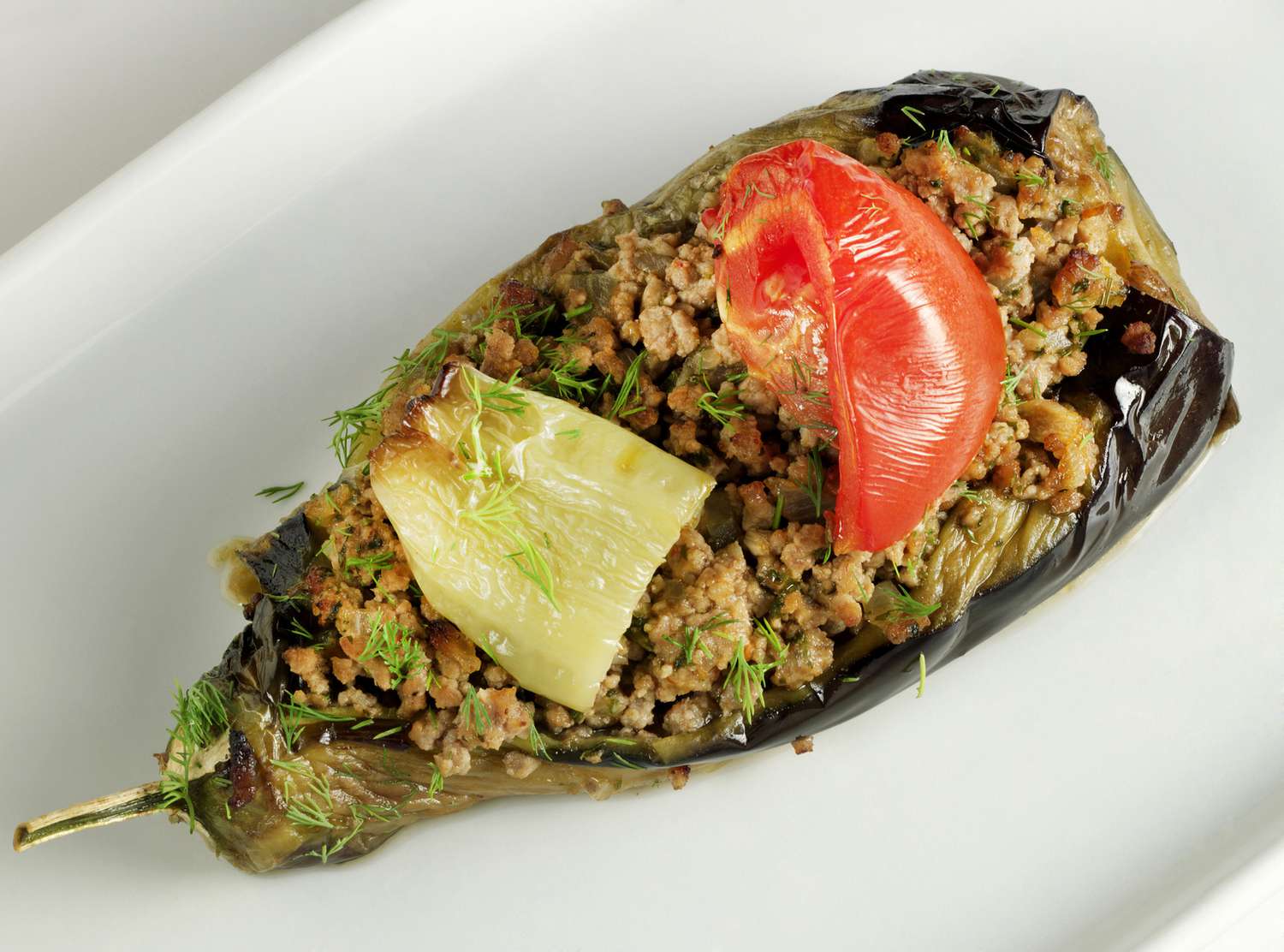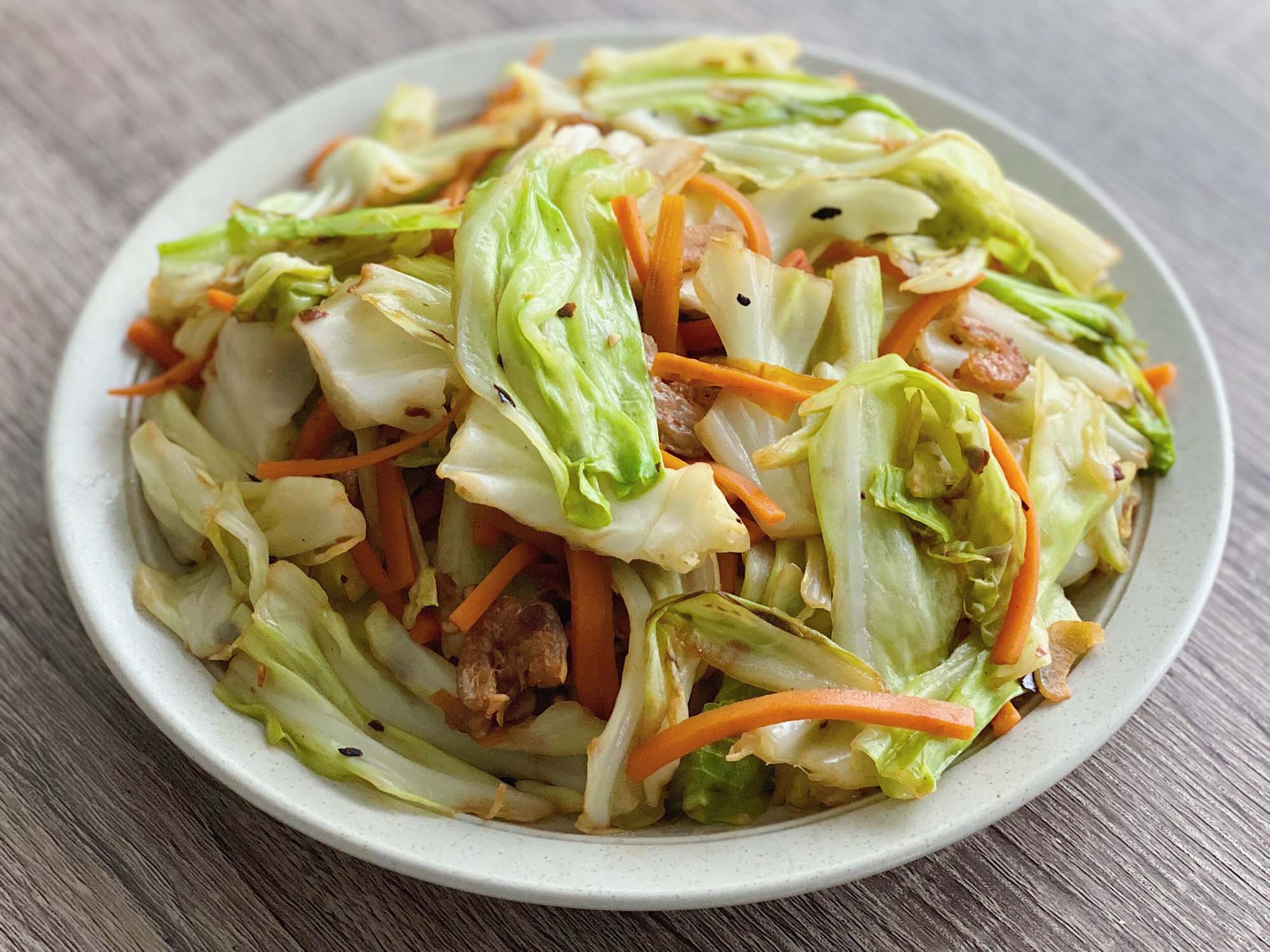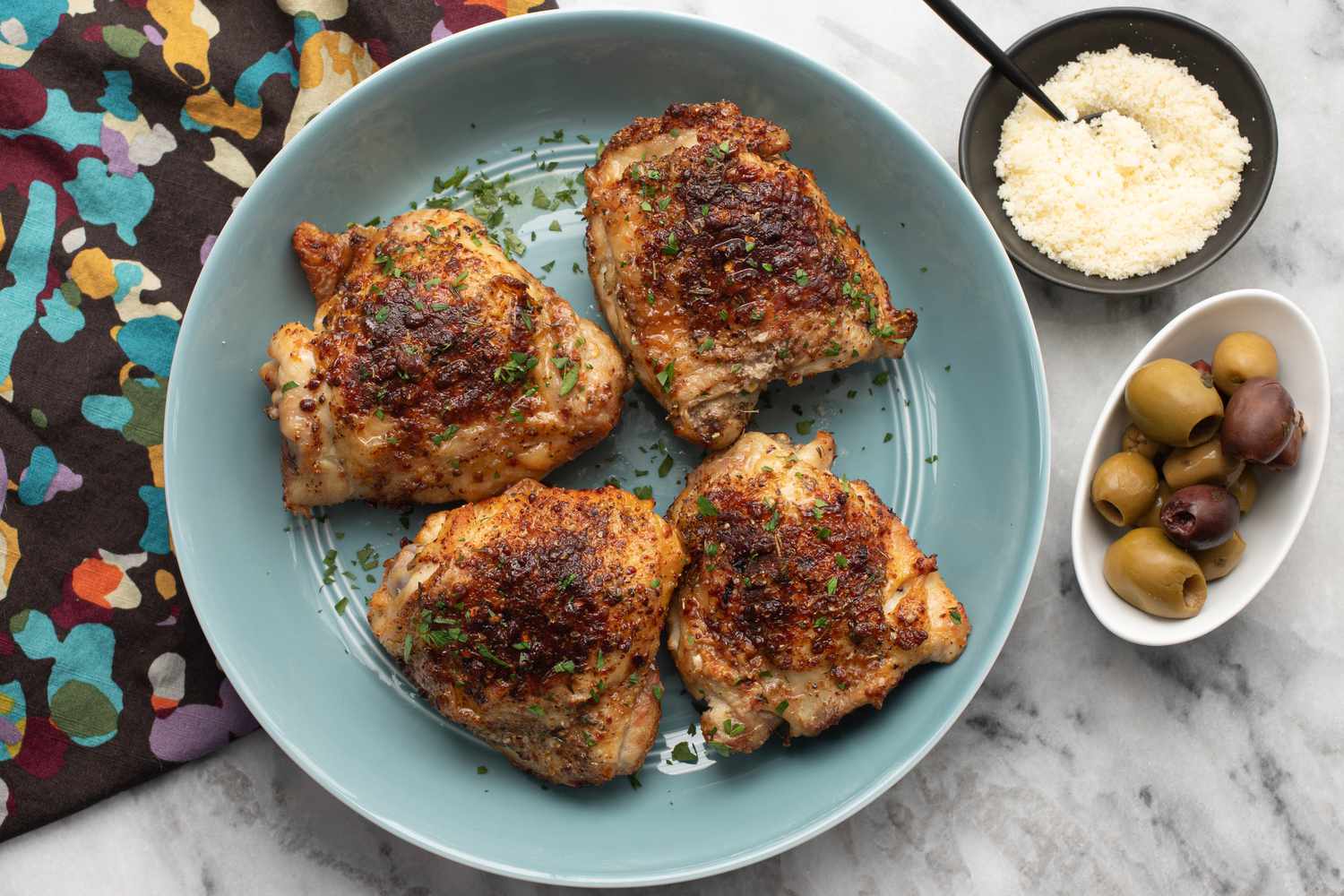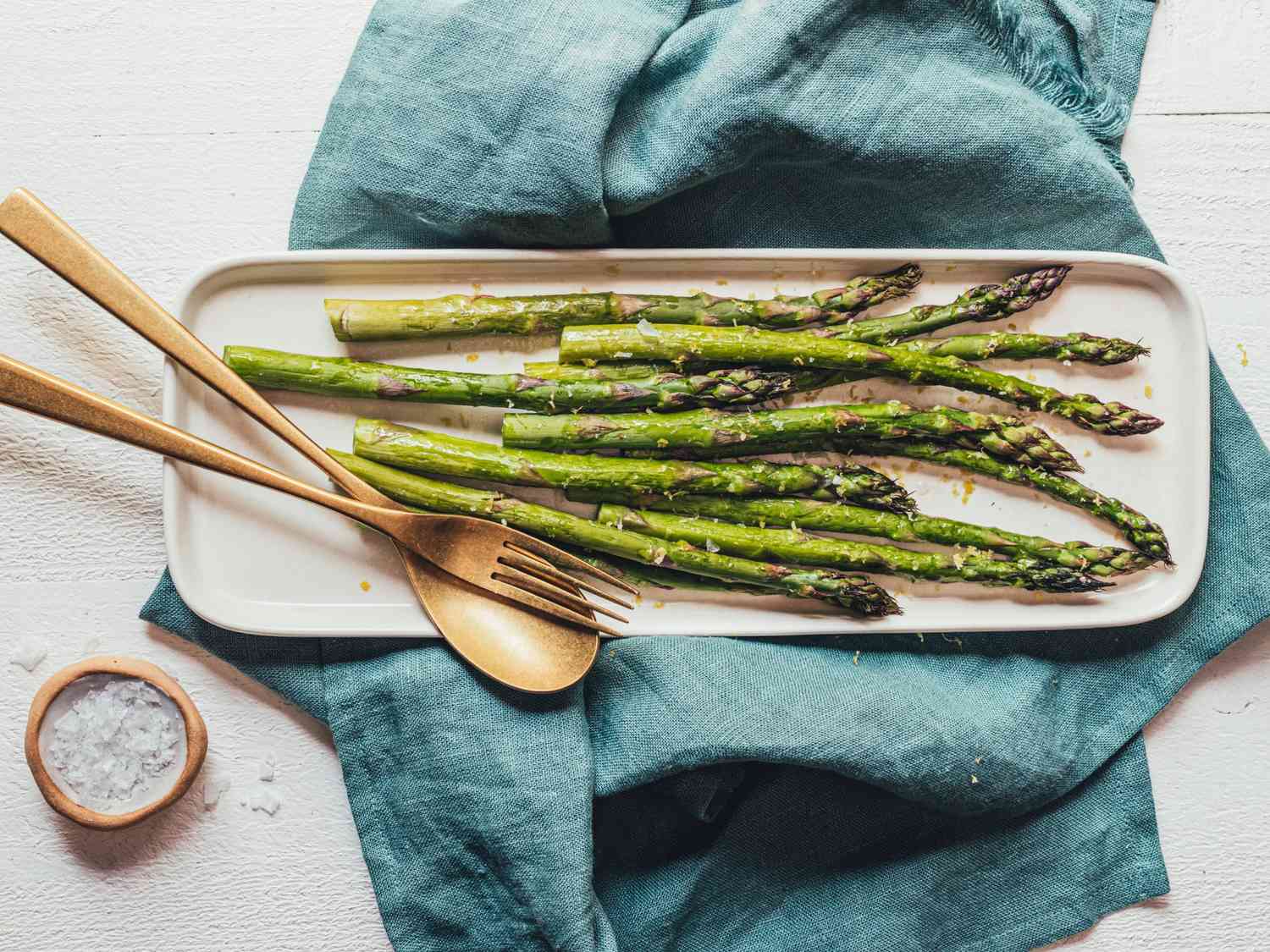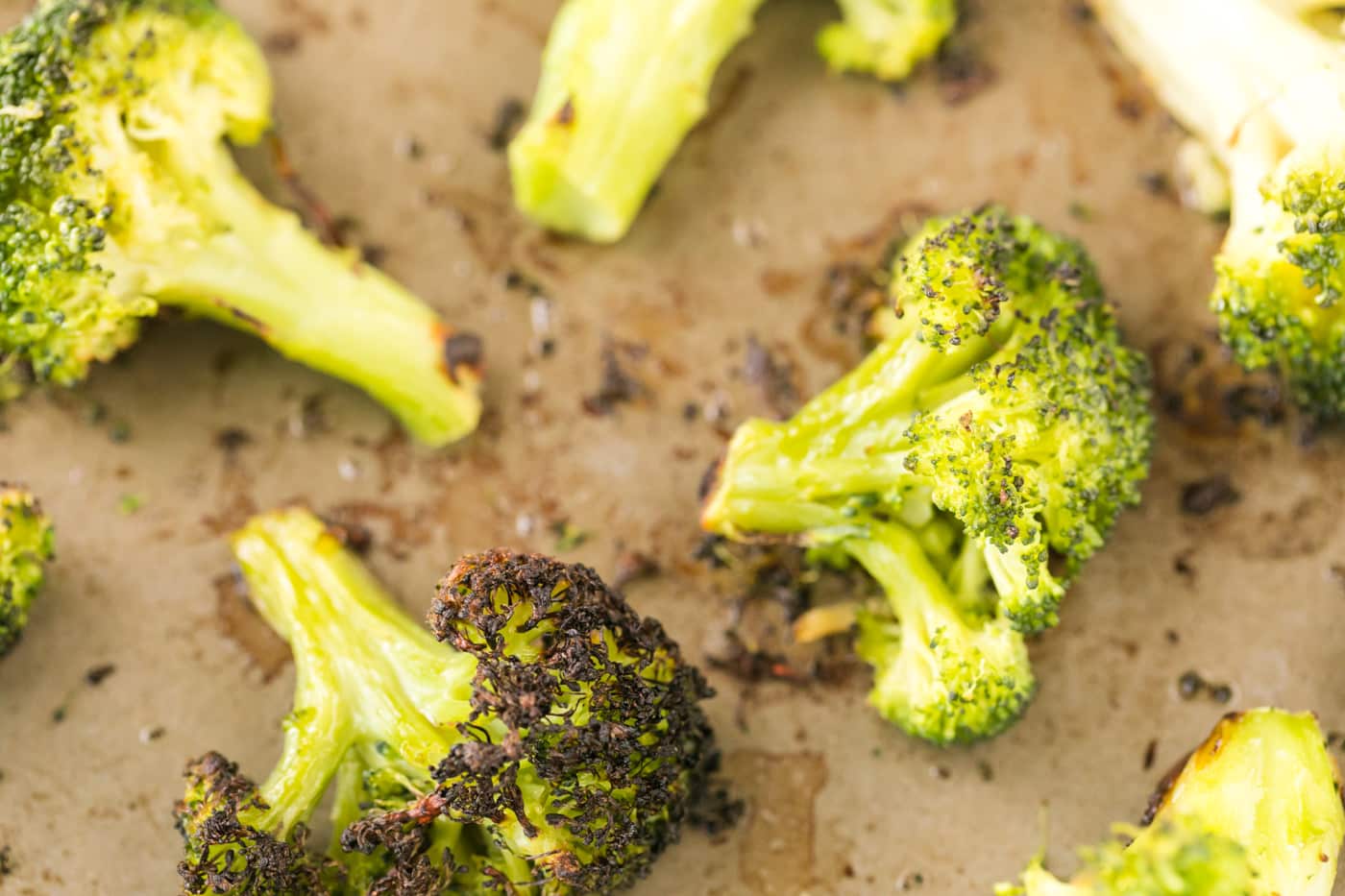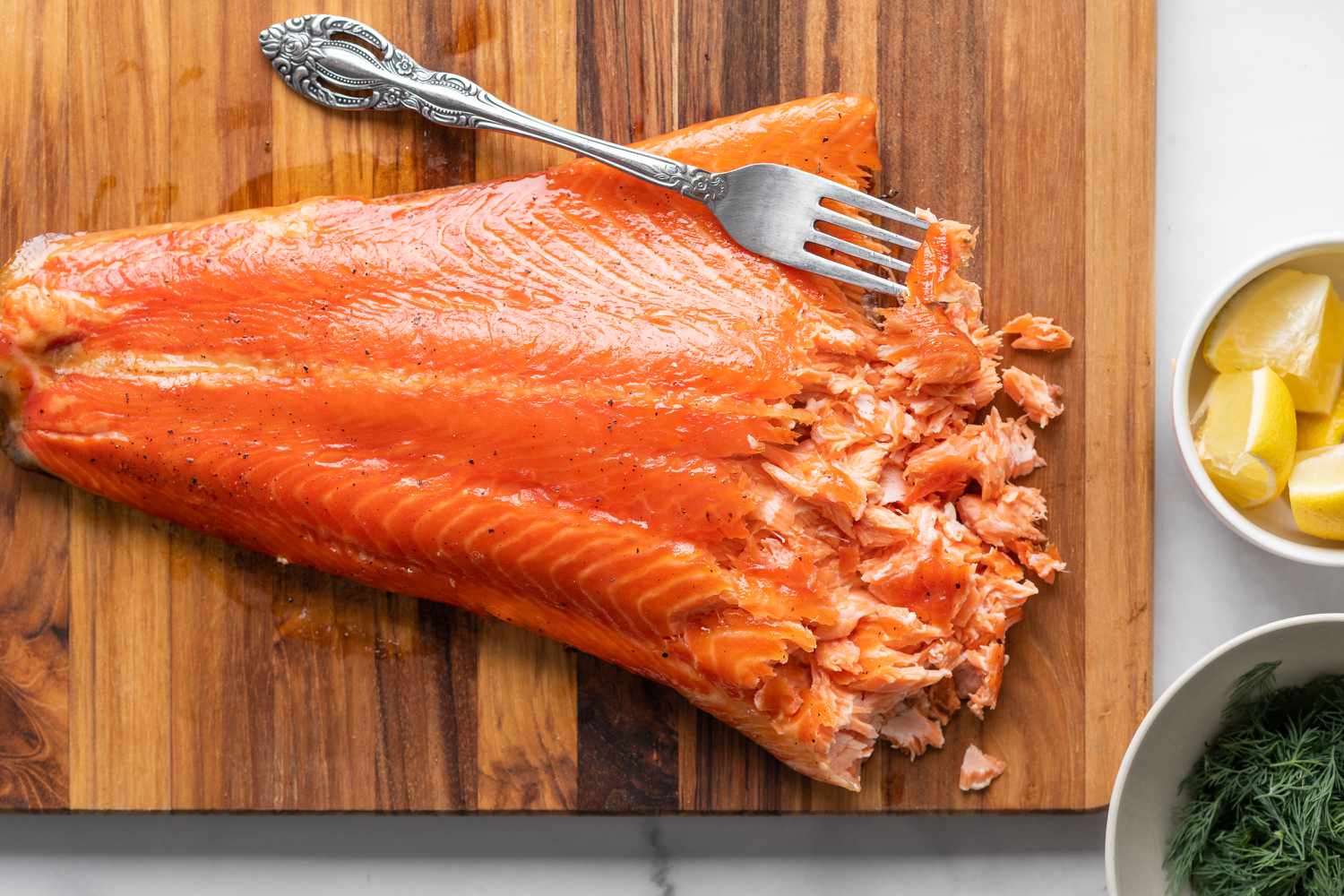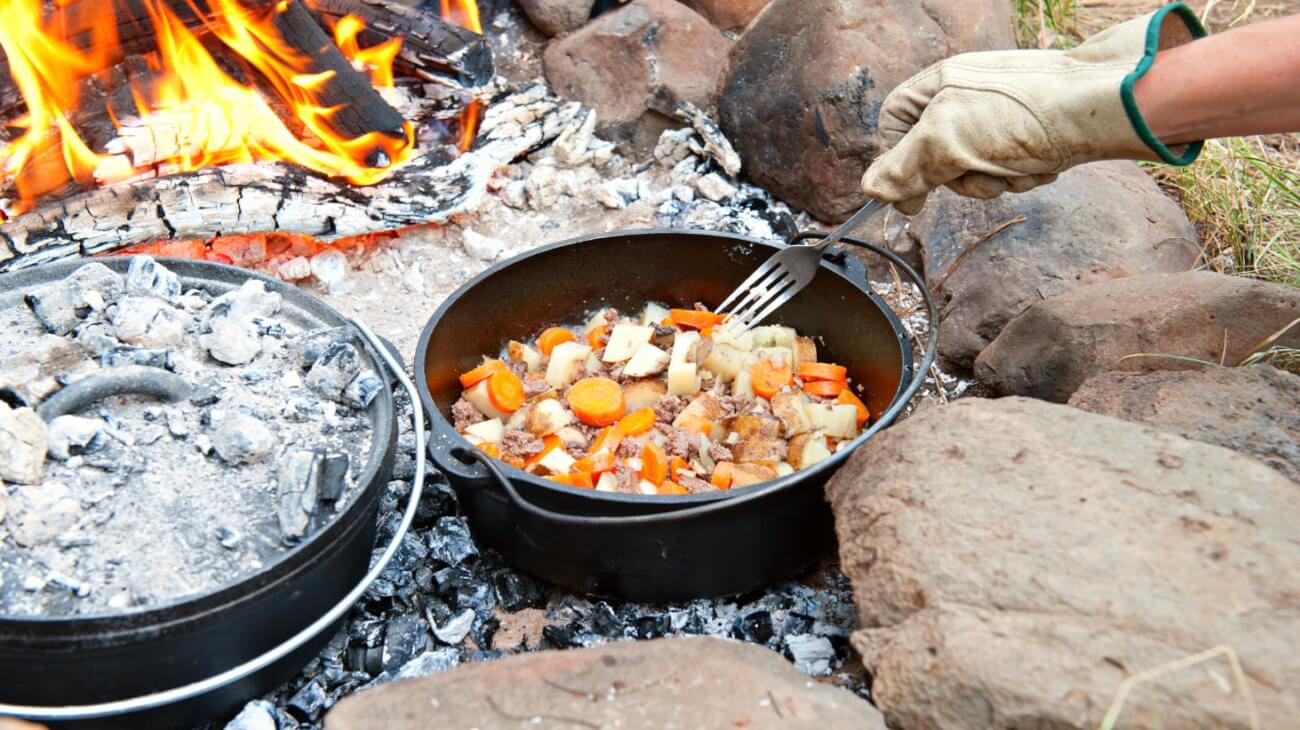Grilling Cauliflower: A Delicious and Healthy Option
With its versatile flavor and numerous health benefits, cauliflower has become a popular choice for those looking to add more vegetables to their diet. While cauliflower can be prepared in various ways, grilling it gives it a smoky and charred flavor that takes it to a whole new level. In this blog post, we will guide you step by step on how to cook cauliflower on the grill, so you can enjoy this tasty and nutritious dish.
Gather Your Ingredients
Before you start grilling, make sure you have all the necessary ingredients on hand:
- 1 head of cauliflower
- Olive oil
- Salt and pepper
- Garlic powder
- Lemon wedges (optional)
Prepping the Cauliflower
Start by removing the leaves and the stem from the cauliflower, then cut it into large florets. Rinse the florets under cold water to remove any dirt or debris. Pat them dry with a paper towel to ensure they cook evenly on the grill.
Seasoning is Key
In a large bowl, drizzle the cauliflower florets with olive oil, ensuring they are well coated. Season with salt, pepper, and a sprinkle of garlic powder to enhance the flavor. Toss the florets gently to evenly distribute the seasonings.
Firing Up the Grill
Preheat your grill to medium-high heat. If you have a gas grill, set the burners accordingly, or if you’re using charcoal, make sure the coals are evenly heated and ashed over.
Grilling Time
Place the cauliflower florets on the grill grates, making sure they are in a single layer. Close the lid and let them cook for about 8-10 minutes, or until they develop a beautiful char on the bottom side.
Using a pair of tongs, gently flip the florets over to grill the other side. Close the lid again and cook for an additional 8-10 minutes. Keep a close eye on them to prevent burning.
Serving and Enjoying
Once the cauliflower is tender and nicely charred on both sides, transfer them to a serving platter. Squeeze fresh lemon juice over the top for a tangy twist if desired. This adds a refreshing taste to the smoky flavor of the grilled cauliflower.
Grilled cauliflower makes a fantastic side dish for any meal, but it can also stand alone as a healthy vegetarian main course. Serve it alongside grilled proteins or add it to a salad for a satisfying and nutritious meal.
So next time you fire up the grill, don’t forget to include cauliflower in your lineup. With its delicious taste and simple preparation, grilling cauliflower is an excellent way to elevate your outdoor cooking game. Try it today and savor the delightful flavors of this versatile vegetable!
